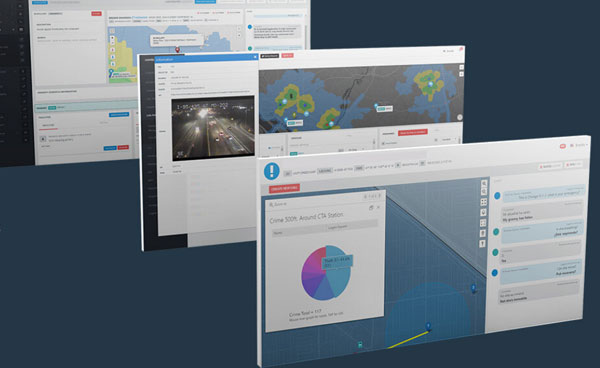
Riots, school shootings, the pandemic and other emergency situations are harsh reminders of our antiquated 9-1-1 response systems. Over 80% of calls come from cell phones and locating callers has become more challenging.
The simple act of texting 9-1-1 (or using social media to contact 9-1-1) is still not available nationwide and 9-1-1 systems don’t allow for the use of multi-media like photos and videos and lack supplemental information that would help dispatchers and first responders in the field.
A 9-1-1 transformation is underway (voice-centric to data-centric). One company is working to ensure the technology we use 24/7 can help us in emergency situations.
RapidDeploy, a cloud-based emergency response technology company, has developed the Unified Critical Response (UCR) System where the largest tech and public safety companies are integrating video sharing, texting, smart phone device location, real-time weather feeds and more into the cloud-based 9-1-1 platform.
UCR ensures a seamless data in/data out experience for users. From the call taking to dispatch to response, 9-1-1 operators and first responders will be armed with real-time information; richer data and situational awareness to enable faster and more accurate responses.
- Members of UCR and how they work together
- Game-changing solutions provided now, or in the near future, by RapidDeploy through UCR and other tech features including:
- RadiusPlus – a tactical mapping solution to find callers faster
- Richly detailed alarm, camera and location data transfer to 9-1-1 (ADT)
- Crash data from vehicles displayed directly on 9-1-1 map screens, eliminating the need to verbally relay information (OnStar)
- Drone delivery of emergency medical supplies; mapping/data integration via Archer
- Two-way SMS & real-time language translation
- Remote dispatch and response capabilities in case of emergency closing of facilities
- How RapidDeploy is making a difference in public safety. Example: Response time for ProMed Ambulance in Arkansas is down from seven to under two minutes.

